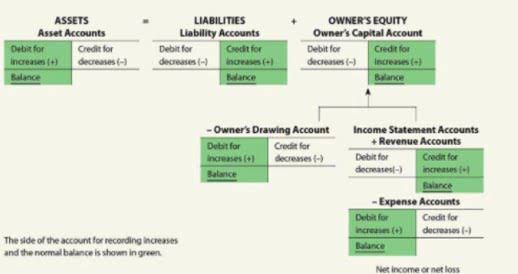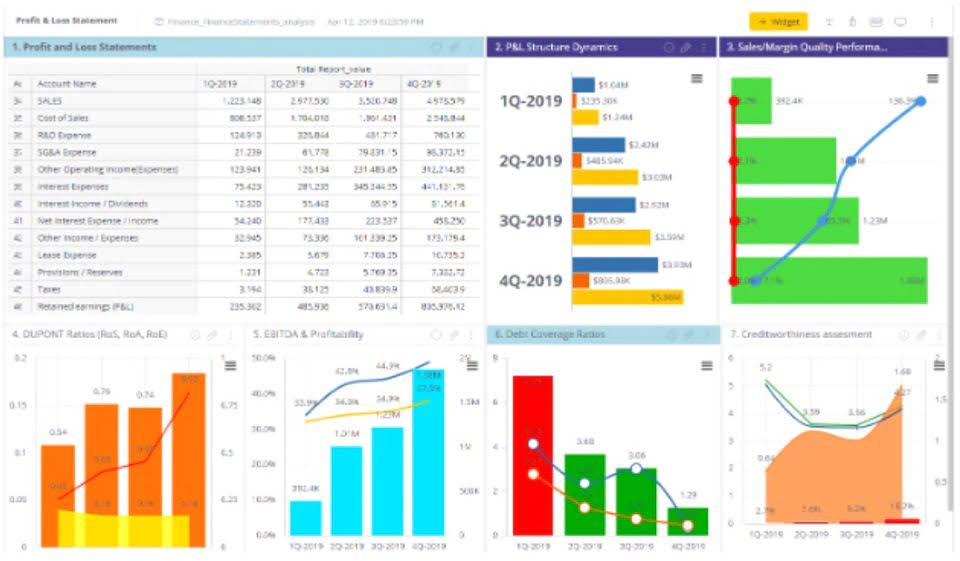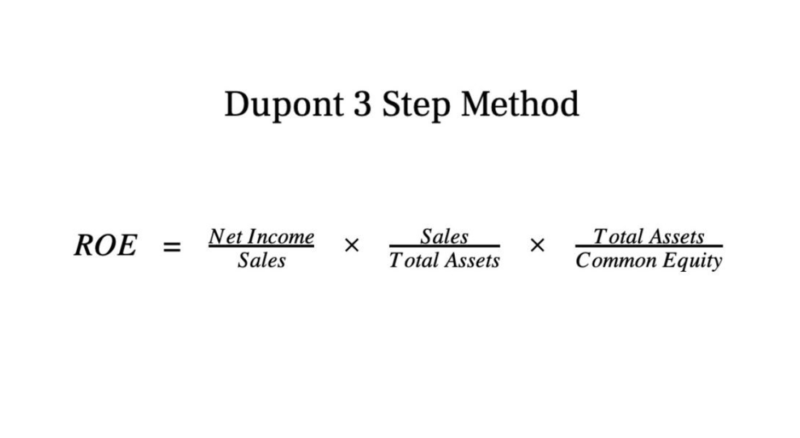This helps in minimizing the risk of carrying obsolete or inaccurate inventory. Generally, a quicker DIO also means a company has an efficient operating capacity. The final step is to put the calculated figures into the DIO formula.
Related insights
Armed with this knowledge, you can make changes to your inventory management strategy to improve DIO. Part of the challenge many small and mid-size enterprises face is that they lack visibility into their larger businesses’ inventory. This can make it difficult to know where to start when trying to manage outstanding inventory.
Credit management software
A quick “Hey, just a reminder, your invoice is due in 3 days” email can work wonders. No one likes feeling like a debt collector, but a polite nudge often speeds up the process. Forwardly’s payment tracking features make this easy by keeping both you and days inventory outstanding your customers informed about upcoming due dates. Forwardly makes this even easier with real-time payments, allowing you to get paid instantly, no processing delays, no pre-funding requirements, and no waiting days for transactions to clear. If you have a high DIO, it means that you’re holding onto your inventory for too long. This can tie up cash and make it more likely that your inventory will become obsolete.
- An efficient business will convert its inventory into finished goods quickly.
- A DIO that is lower than this indicates that the company is selling its inventory quickly, which can help to improve cash flow and profitability.
- This can tie up cash and make it more likely that the inventory will become obsolete.
- Days inventory turnover measures how long a company holds inventory before converting it into sales.
- DIO, or days inventory outstanding, is a financial metric that tells you how long it takes your business to sell its inventory.
The formula to calculate days inventory outstanding (DIO) consists of dividing the average (or ending) inventory balance by cost of goods sold (COGS) and multiplying by 365 days. Outstanding accounts receivable (AR) can strain a company’s cash flow, hinder growth, and increase financial risk. Implementing proven strategies to manage and minimize outstanding AR is essential for maintaining a healthy financial position. While extending credit to customers can boost sales and foster business relationships, it also introduces the risk of outstanding receivables.
- Therefore the above are some important differences between the two concepts.
- It reveals how efficiently a business controls its stock and how fast it can transform that stock into revenue.
- A low days inventory outstanding suggests that a company is efficiently managing its inventory and converting it into sales quickly.
- Its impact on cash flow, operational efficiency, and strategic decision-making cannot be overstated.
- If you have a high DIO, it means that you’re holding onto your inventory for too long.
Strained customer relationships
Read on to learn all there is to know about days inventory outstanding. Collaborate with key partners, including suppliers and distributors, to share information and improve joint planning. Conduct regular inventory audits and cycle counts to identify discrepancies and improve accuracy in inventory records.
Going lean in business means trimming the fat from wasteful activities. A lean business can operate effectively and efficiently while holding very little stock, which minimises the total costs of your inventory. Automating your workflows and tracking stock in real-time is essential for optimised inventory management. Both can be achieved with the implementation of cloud-based inventory software. Both ratios directly relate to the working capital management and operating efficiency of a business.
Data-driven insights and continuous improvement
Use days sales outstanding (DSO) and accounts receivable (AR) turnover metrics to evaluate and improve your collection efficiency. Inventory turnover ratio is the number of times a company converts its inventory into cash in an accounting period. Whereas, days inventory outstanding is the number of days a company takes to complete one turnover cycle. Days Inventory Outstanding (DIO) indicates the level of inventory management efficiency.
To find out the inventory (average or ending), we need to look at the balance sheet. So you will see something like “closing stock” in the balance sheet. CFI is the global institution behind the financial modeling and valuation analyst FMVA® Designation. CFI is on a mission to enable anyone to be a great financial analyst and have a great career path.
Traditional inventory management relied heavily on gut feelings and basic stock counts. However, as supply chains grew more complex and global competition intensified, businesses needed more sophisticated methods to track and optimise their inventory investments. The development of DIO as a standardised metric revolutionised how companies evaluate their inventory efficiency. A high Days Inventory Outstanding rate means it takes your business a long time to sell stock relative to how long it’s kept in storage.
When it comes to increasing cash flow, profitability, and operational effectiveness, they’re the experts. In the financial period of 2021, they recorded that their inventory at the beginning of the year was worth $20,000 and the end of the year at $40,000. This means that their average inventory is calculated to be $30,000. Days inventory outstanding (DIO), also known as days in inventory, is a metric used to measure the average number of days that a company’s inventory remains unsold. In other words, it tells you how long a product sits on shelves before a customer buys it.
Days Inventory Outstanding example
Your business can achieve a significant competitive advantage using inventory optimization strategies and techniques. Lower DIO translates to reduced carrying costs, improved cash flow, and improved sales by lowering the stock-out risk. The supply chain management should be proper and an effective and transparent communication is required to make the process to be smooth. Late or outstanding receivables can lead to cash flow problems for the business and damage the relationship between the business and the customer. If the invoice remains unpaid for an extended period of time, the business may need to take legal action to collect the debt. Overdue receivables can be a sign of a problem, such as a customer who is having financial difficulties or a business that is not effectively managing its credit and collections process.
Days Inventory Outstanding
It’s calculated by adding the beginning inventory and ending inventory for a given period and dividing by 2. Manufacturing companies need to account for work-in-progress inventory and raw materials separately from finished goods to get a complete picture of their inventory efficiency. However, you can’t rely solely on the findings from your DIO to make decisions. Utilising DIO to calculate your cash conversion cycle can build a more accurate picture of sales and inventory performance over time.
This balance becomes even more critical in industries with seasonal demand fluctuations or perishable goods. In the intricate tapestry of business operations, the thread of Days Inventory Outstanding (DIO) weaves a compelling narrative about a company’s efficiency, financial health, and strategic prowess. DIO, a key metric in supply chain management, gauges the average number of days a company takes to sell its inventory. Understanding this metric is crucial for businesses aiming to optimize their operations, enhance cash flow, and maintain a competitive edge in today’s dynamic markets.







